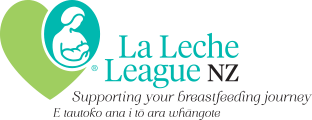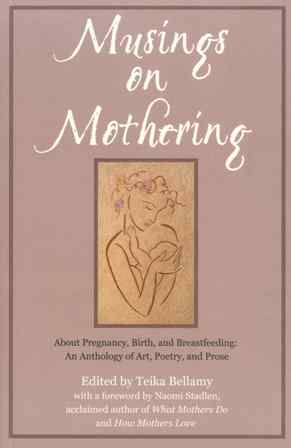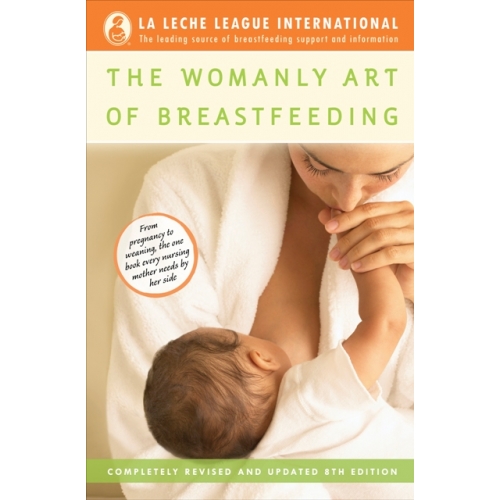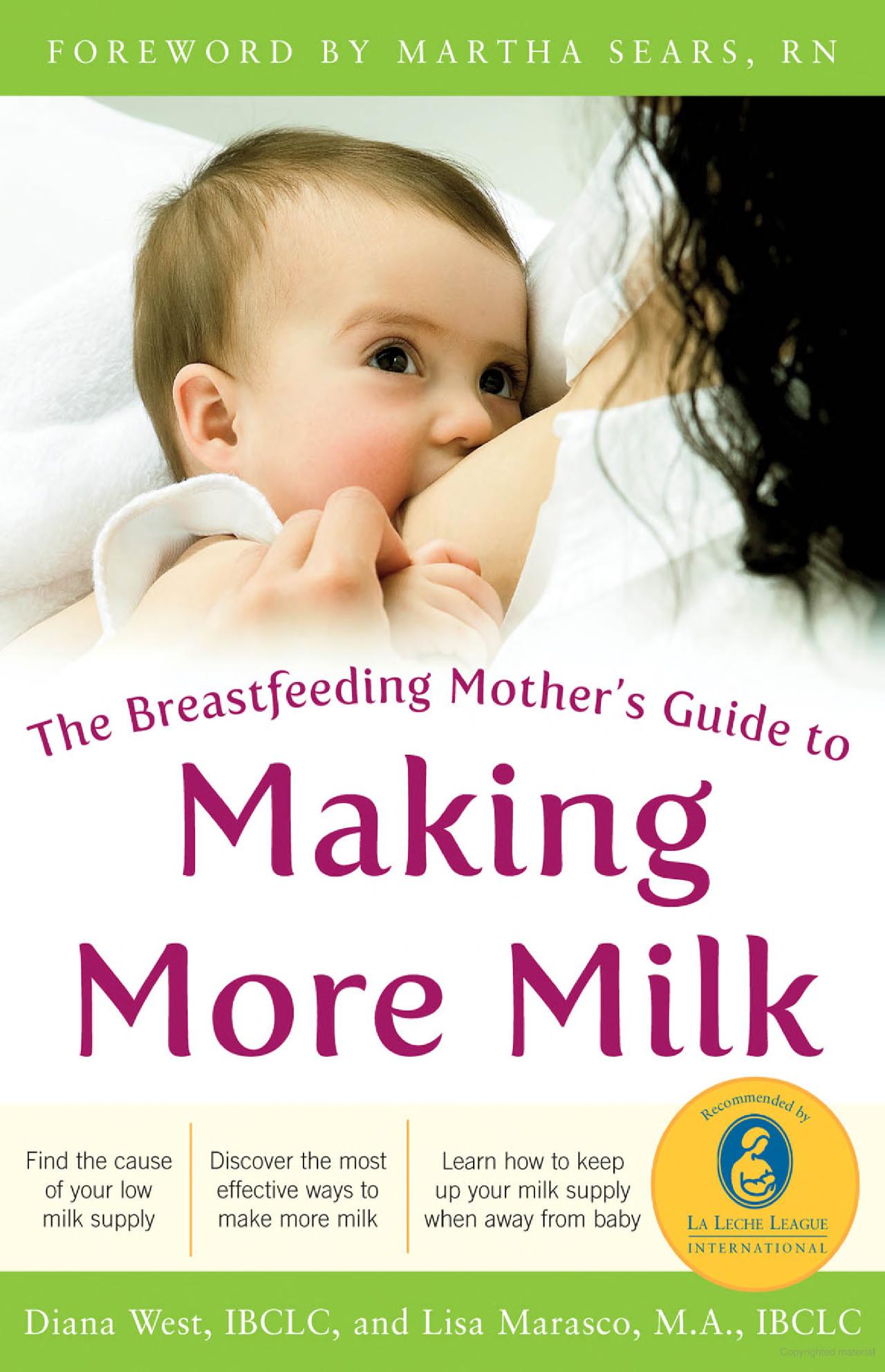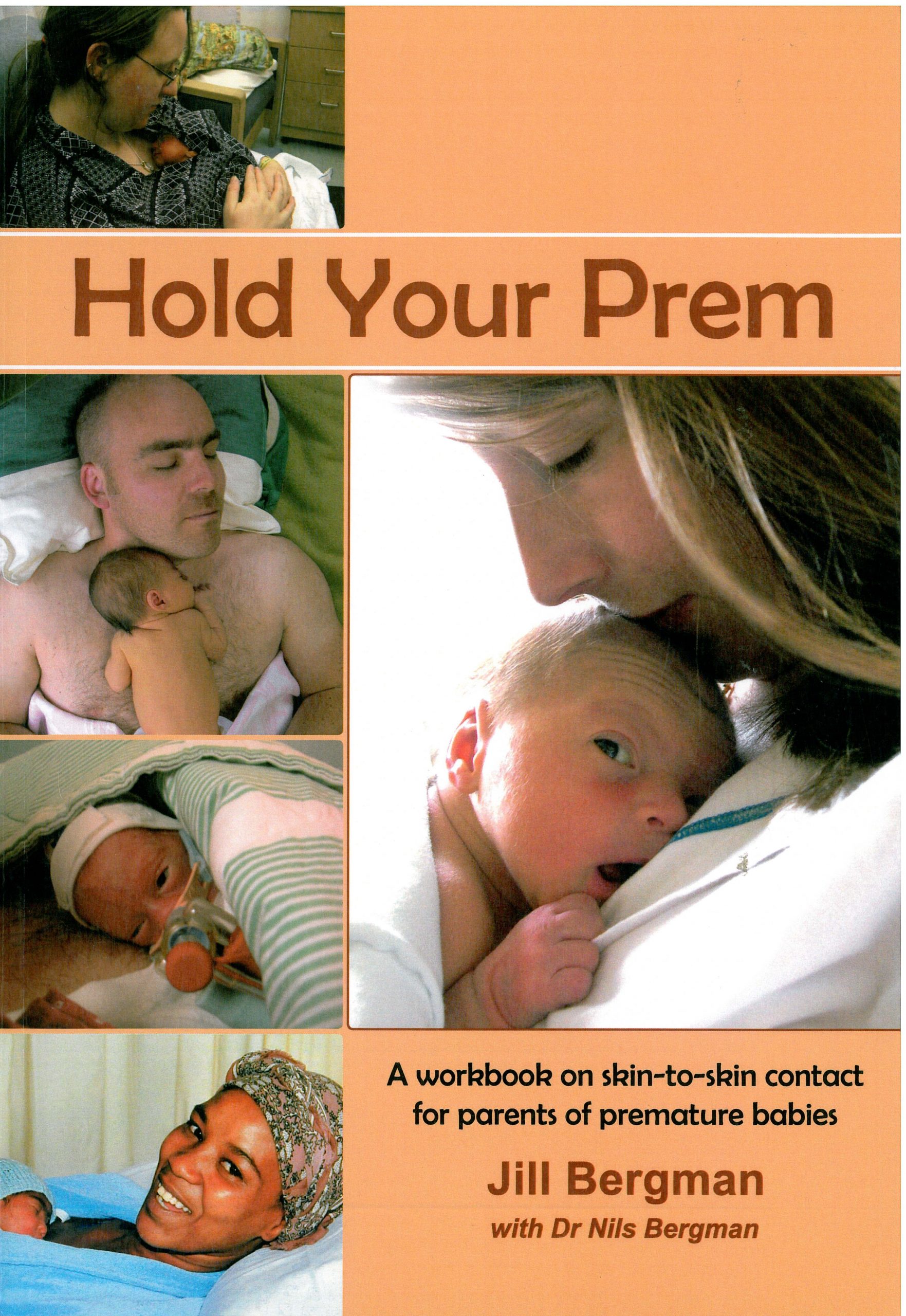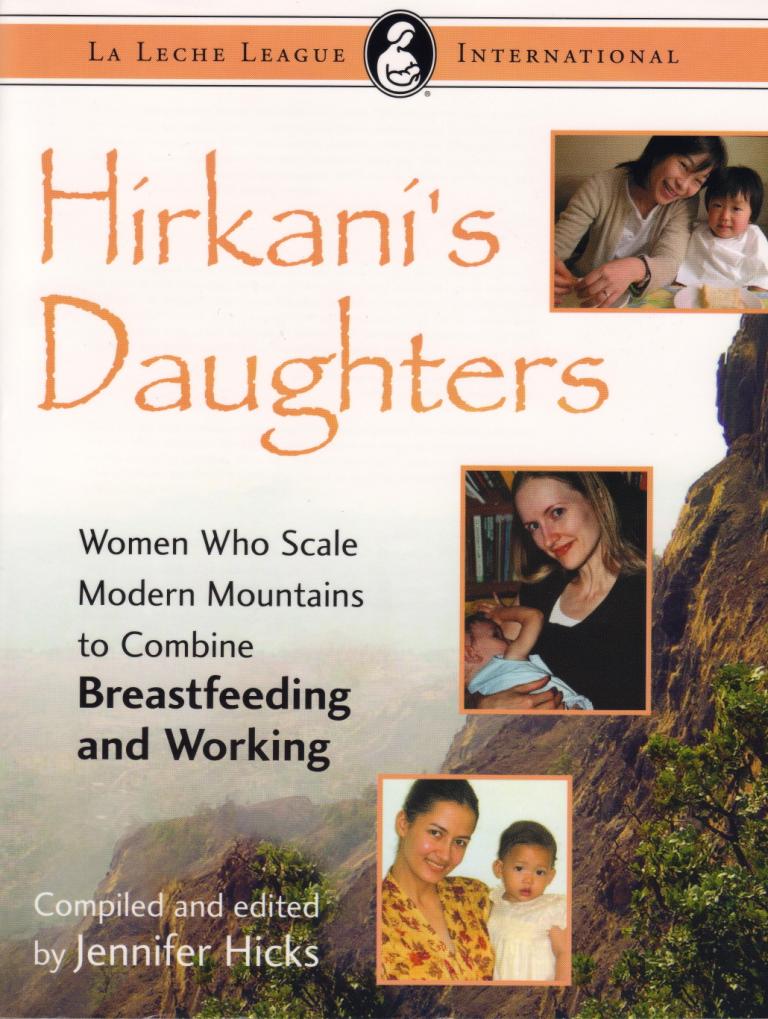Musings on Mothering
Musings on Mothering, edited by Teika Bellamy, is a fundraiser for LLLGB. The book is an
anthology of art, poetry and prose about pregnancy, birth and breastfeeding. It is 196 pages of
beautifully crafted stories of mothers and babies, of loss and joy, of love and experience. Each
page tugs at your heart and connects you to another mother on the planet who has laughed and
cried and struggled and celebrated amazing moments in life’s reproductive days. Some stories are
heart wrenching, some you will love; some will jar you and challenge you.
The book has many contributors of various ages which create richness and depth. One essay
called ‘The Other Side of Sleeplessness’ by Linda Hassan Scott is worth the price of the whole
book since one of the frequent challenges we hear about time after time relates to sleep (or lack
thereof) and pressure from our culture to engage in sleep training or early weaning. This piece
captured the depth and wisdom of why we are responsive to our babies 24 hours a day.
This collection is well indexed and organised so it is easy to locate material of interest. The Index
in the back includes photos and biographies of the contributors which gives information on the
many gifted contributors.
This would be a wonderful addition to both a personal and Group Library. The anthology would
make a great gift for a retiring Leader or a new mother. Sometimes you gain more information
from a poem, short prose or piece of art than from a technical book. This book will be treasured
and could be utilised in many, many mother support meetings to engage, connect, and evoke
feelings and discussion.
Original review, printed in Aroha Volume 15 Number 3
Musings on Mothering
By Teika Bellamy (Editor)
Mother’s Milk Books, UK, 2012
Reviewed by Connor Kelly and Lorraine Taylor, LLLNZ
